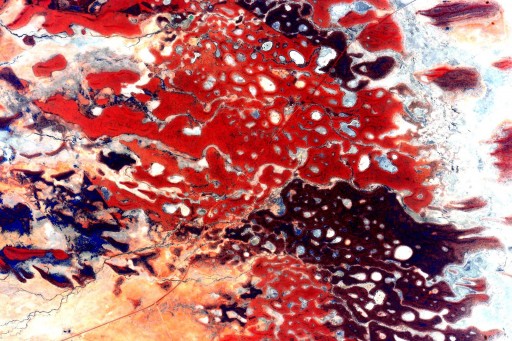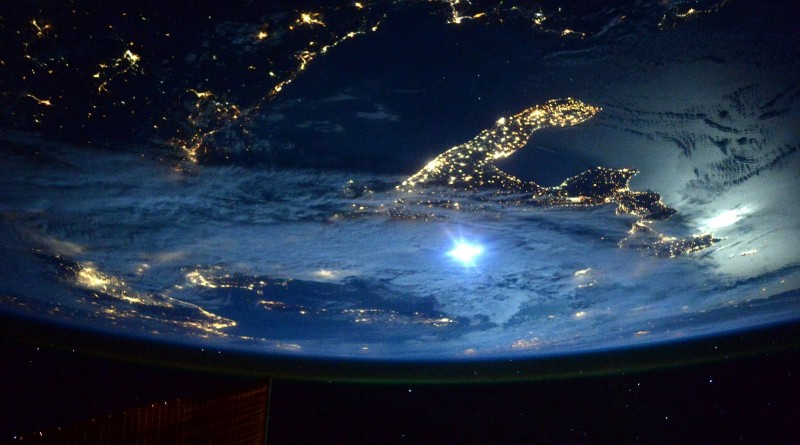ISS Operations Update – November 3, 2015

Experiments:
Cognition [Cognition, also known as Individualized Real-Time Neurocognitive Assessment Toolkit for Space Flight Fatigue uses a battery of tests to measure how spaceflight-related physical changes (microgravity, lack of sleep quality, diet) can affect the cognitive performance of humans during long-duration space flights. The experiment consists of ten brief computer-based tests that cover a range of cognitive functions and deliver immediate feedback on current and past results. A good neurocognitive function for effective performance during space missions makes an investigation of sleep and fatigue in space an absolute necessity. The testing operation consists of a sleep questionnaire and subjective evaluations at the beginning followed by the ten tests that focus on: sensor-motor ability, visual object learning and memory, attention and working memory, abstraction, spatial orientation, emotion recognition, abstract reasoning, complex scanning & visual tracking, risk decision making, and vigilant attention and psychomotor speed.]
OASIS – Observation Analysis of Smectic Islands in Space, Sample Change [OASIS (Observation and Analysis of Smectic Islands in Space) will study the unique behavior of liquid crystals in microgravity with special focus on their overall motion and merging of crystal layers which is known as the formation of smectic islands. Studying liquid crystals in microgravity will provide new insights into two dimensional system physics of complex fluids. Findings may lead to understanding of well aligned, very high speed electro-optic devices that could find use in embedded ferroelectric liquid crystal micro-displays. The experiment assembly consists of a bubble chamber that is filled with medium, air jet injectors, ink injectors, LED lights and a camera assembly that monitors the activity inside the chamber. This setup will be used to study the various aspects of fluid crystal behavior in space – looking at overall fluid motion, diffusion, and the merging of crystal film layers.]
Journals [Electronic journals will be kept by the crew members to allow psychologists to study behavioral issues that are associated with the isolation and confinement over long-duration space missions. Journals from 6-month ISS mission have amounted to a total of 1,100 written pages, but no data beyond those six months is available making this an interesting opportunity to study the impact of isolation in the confinements of ISS over a longer period.]
CARDIOVECTOR. Experiment Ops
Calcium Study [This experiment looks at the causes of the loss of bone density in humans undergoing long duration space missions. It uses calcium phosphate and human bone samples to assess the solubility of calcium and bone in water in a zero-G environment.]
Maintenance/Systems:
Nominal Inspections/Servicing Tasks (Morning Inspection, Caution & Warning Panel Check, Sozh System Maintenance) (Russian Crew)
В3 Fan Screen Cleaning in MRM2
Vacuum Cleaning of ВД1 and ВД2 air ducts in MRM2
Other Activities:
US EVA-33 Procedures Review and Briefing with Ground Specialists
EVA: Ammonia Operations On-Board Training

